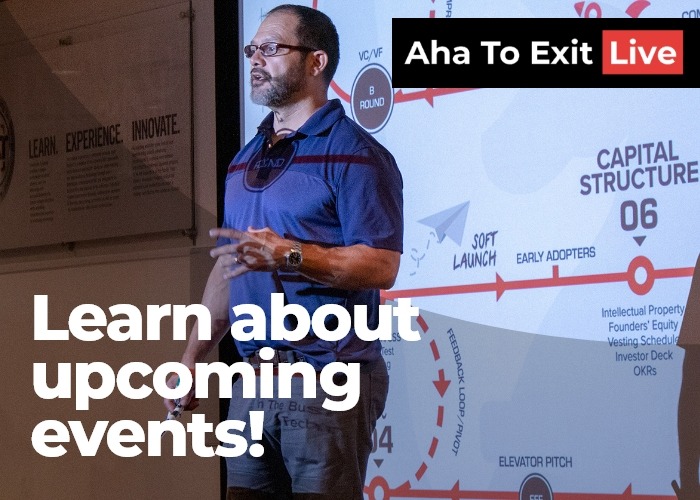Entrepreneurship has a major problem: Academia and Silicon Valley.
When I first entered academia, I needed to know what professors, Venture Capitalists, and entrepreneurship thought leaders were teaching innovators. Unsurprisingly, I received a myriad of answers: The Business Model Canvas (Osterwalder), The Startup Owner’s Manual (Steve Blank, Bob Dorf), the Lean Launch (Eric Ries), Zero to One (Theil), complete a business plan, etc.
I then asked the most natural question of questions, “In what order? What sequence are you teaching these resources?” Surprisingly, I received dozens of answers ranging from business plans to books written by Silicon Valley titans. The business plan blueprint has been executed in academia for over 50 years, while the new entrepreneurial thought leadership (Silicon Valley) has advanced into numerous books and podcasts. Essentially, I was told I may pick which resource I preferred to implement first.
In my opinion, this is completely unacceptable and disappointing for three reasons:
(1) The variability of teaching methodologies for entrepreneurship does not account for the timing of specific principals to be taught at appropriate times, thus there too many failures with few successes.
(2) The majority of teachers have little or no experience investing or building their own startups.
(3) The majority of Venture Capitalists (VC) or investors have little or no experience in teaching.
This ad hoc method of entering entrepreneurship does not discern whether a VC understands the difference between teaching the jockey or betting on the horse. And the teacher is content so long as principles of leadership, research and valuation can be measured. Both groups are qualified and yet unqualified to teach entrepreneurship, chaos resumes.
For any discipline to be taught effectively you require a process; without a process, it is not clear which step the innovator should take first to become an entrepreneur, leading to an ongoing concern. Moreover, the timing of a process is equally as important as the process itself. If the timing is off, so is the process.
Decisions require data points and without a specific sequence, I often observe how innovators are attempting multiplication before addition. As an example, there are numerous pitch competitions with the intent of raising capital, without the understanding of how to determine valuations (i.e. pre-, post and terminal).
I submit the first structure to entrepreneurship.
This structure does indeed become a process, as I have categorized each process into a series of steps. These steps are sequential, timed and ordered. This radical departure from Silicon Valley and academia can be summed up as a startup map. I call it From Aha to Exit; the world’s first roadmap for the innovator’s journey to becoming entrepreneurs.
Within the structure I have created ten (10) steps, each step a pillar of details, not limited to: principals, terms, responsibilities, people, competencies, milestones and events. I have mapped the antecedents of entrepreneurship and connected the missing link between Silicon Valley titans and teachers.
This is a convergence — a new standard configuration which rests in years of practice in entrepreneurship, investing and educating. Moreover, utilization of any of the aforementioned literature and teaching in the books are points on this atlas, pillars to the structural sequence. I propose that, in order to become a serious discipline, entrepreneurship requires at least 10 major forces, seven of the first 10 are devoted entirely to entering and exiting the startup as quickly as possible. These seven steps are referred to as the “REEF™”, a critical path which creates two (2) major outcomes: (1) The innovator becomes an entrepreneur, and (2) the startup becomes a business.
Learn more about the From Aha to Exit Startup Roadmap at : https://ahatoexit.com/roadmap










